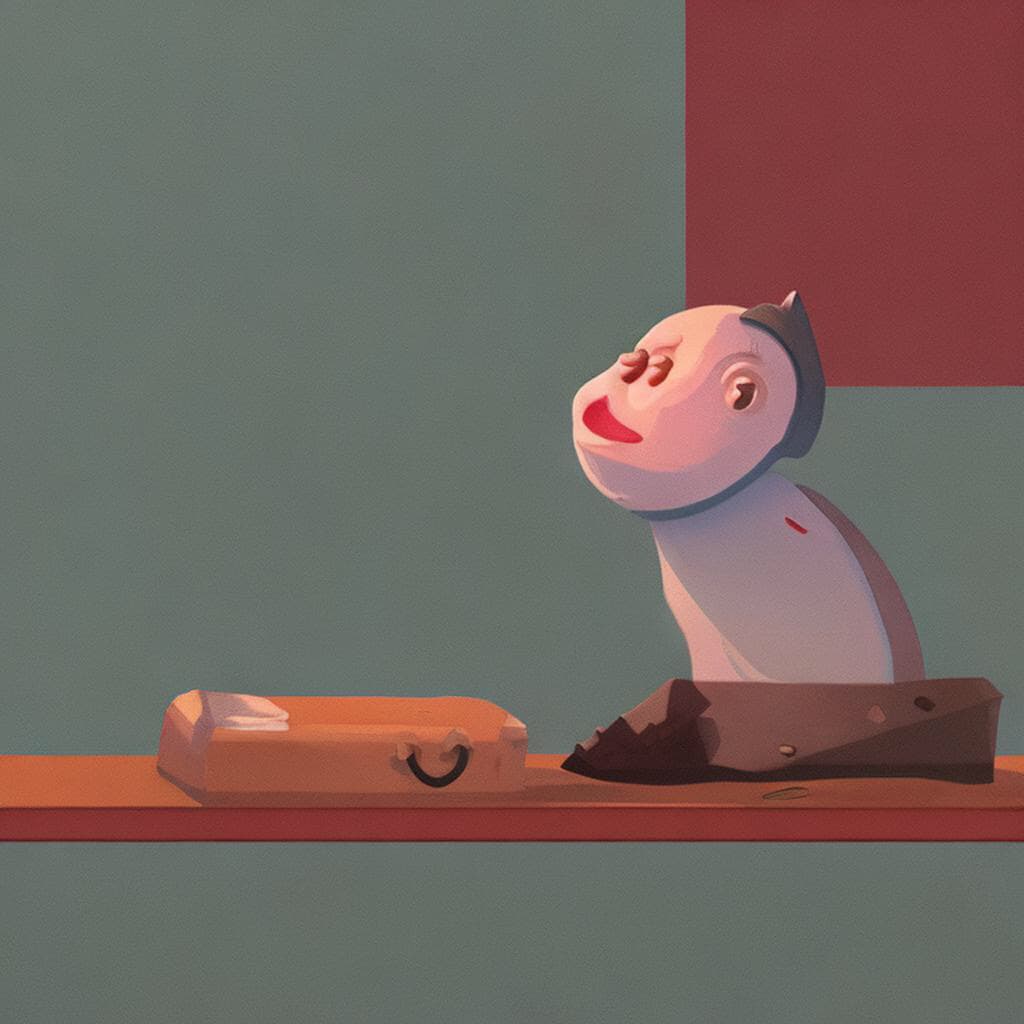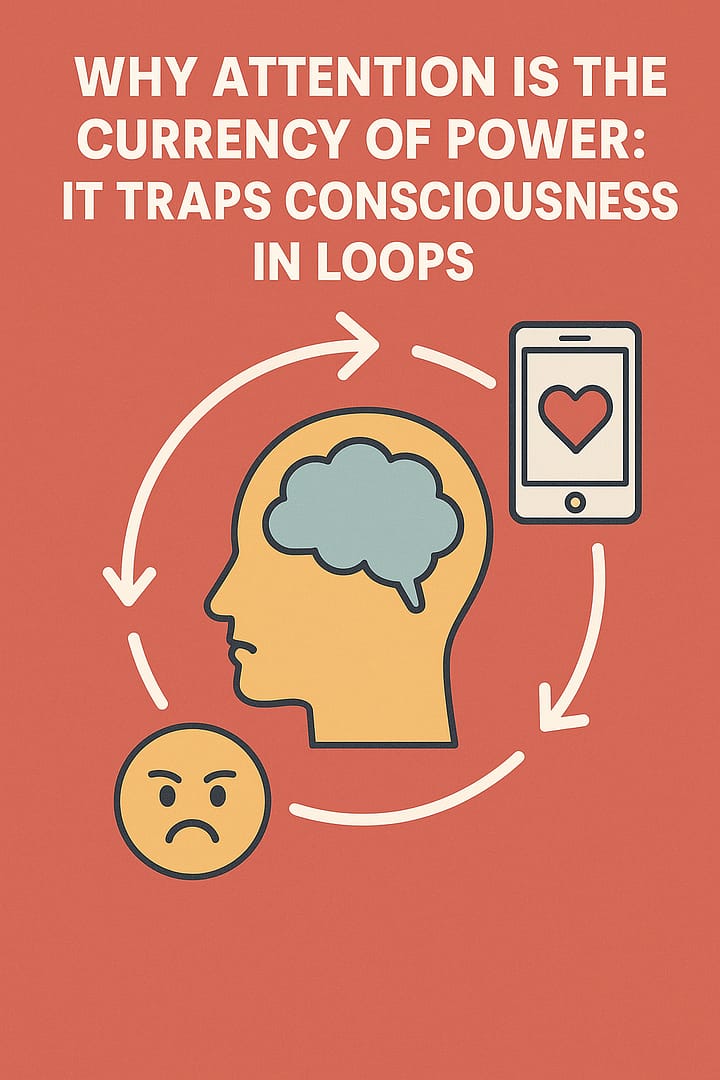Artificial Intelligence and humor
Artificial Intelligence (AI) has made significant progress in recent years in many areas, including natural language processing, machine learning, and image recognition. However, humor is still considered one of the most challenging areas for AI to master.
While AI can understand and generate language, it struggles to grasp the nuances of humor, such as irony, sarcasm, and wordplay, which are essential elements of many jokes. Furthermore, humor is often context-dependent and requires a deep understanding of culture, history, and social norms, which are difficult for AI to comprehend.
Despite these challenges, researchers are working to develop AI systems that can generate and understand humor. One approach is to use machine learning algorithms to analyze large datasets of jokes and learn patterns and structures that make them funny. Another approach is to use computational linguistics to analyze the linguistic features of humorous language.
There have been some successful attempts at generating humor using AI, such as joke generators and chatbots that incorporate humor into their conversations. However, these systems are still limited in their ability to understand and generate complex humor.
While AI has made significant strides in many areas, it still has a long way to go to fully understand and generate humor in a way that is comparable to human beings.
Most common jokes?
Jokes can come in many forms, such as puns, one-liners, anecdotes, and situational humor. Some of the most common types of jokes include:
Puns
A play on words that uses the double meanings of a word or phrase to create humor.
One-liners
A short, clever, and often witty statement that packs a punchline.
Knock-knock jokes
A type of joke that involves a back-and-forth exchange between the teller and the listener, with a pun or punchline delivered at the end.
Riddles
A type of puzzle that requires a bit of creative thinking to solve.
Dad jokes
A type of joke that is often corny or cheesy, and typically involves a play on words or a pun.
Sarcasm
A type of humor that involves saying the opposite of what is meant, often in a dry or cutting way.
Observational humor
A type of humor that involves making fun of everyday situations or things that are common to everyone.
These are just a few examples of the most common types of jokes. Jokes can be found in many different contexts, such as comedy shows, movies, books, and everyday conversations.
Brief explanations and examples of each type of joke
Some examples to get you started:
Puns
Title: “Why did the tomato turn red?”
Example: “Because it saw the salad dressing.”
Explanation: Puns are a type of joke that play on words with multiple meanings or similar-sounding words. This example is a play on the word “dressing,” which can refer to both a salad topping and the action of changing color.
One-liners
Title: “Why was the math book sad?”
Example: “Because it had too many problems.”
Explanation: One-liners are short, clever jokes that typically rely on a witty punchline. This example plays on the word “problems” to create a humorous comparison between a math book and a person feeling sad.
Knock-knock jokes
Title: “Knock, knock. Who’s there?”
Example: “Boo. Boo who? Don’t cry, it’s just a joke!”
Explanation: Knock-knock jokes are a type of joke that involve a back-and-forth exchange between the teller and the listener. This example uses a pun on the word “boo” to create a playful twist on the listener’s emotional response.
Riddles
Title: “What has a head and a tail but no body?”
Example: “A coin.”
Explanation: Riddles are a type of puzzle that require the listener to think creatively to find the answer. This example uses a play on words to create a mental image of an object with a head and tail, but no body.
Dad jokes
Title: “Why did the scarecrow win an award?”
Example: “Because he was outstanding in his field.”
Explanation: Dad jokes are a type of joke that are often corny or cheesy, but still manage to be funny. This example uses a pun on the phrase “outstanding in his field” to create a humorous comparison between a scarecrow and a person being recognized for their achievements.
Sarcasm
Title: “Thanks for the help, Captain Obvious.”
Example: “Oh, you’re welcome. I always enjoy stating the obvious.”
Explanation: Sarcasm is a type of humor that involves saying the opposite of what is meant, often in a dry or cutting way. This example uses sarcasm to create a humorous exchange between two people, with one person making an obvious observation and the other person responding with a sarcastic comment.
Observational humor
Title: “The joys of grocery shopping.”
Example: “Why is it that the checkout line I choose is always the slowest?”
Explanation: Observational humor involves making fun of everyday situations or things that are common to everyone. This example uses a common frustration, waiting in a slow checkout line at the grocery store, to create a relatable and humorous observation.
In conclusion
Humor is an important aspect of human communication and can bring joy and laughter to our lives.

Source OpenAI’s GPT language models, Fleeky, MIB, & Picsart
Thank you for questions, shares and comments!
Share your thoughts or questions in the comments below!






